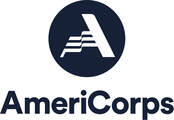|
The Preservation Alliance of West Virginia has unveiled a new loan program to provide capital, technical assistance, and development expertise to property owners who are renovating historic buildings in West Virginia.
The Historic Preservation Microloan will help property owners save endangered historical properties and develop commercial properties to create or retain jobs, housing, or heritage-related commercial activity in downtown commercial districts. “The microloan focuses principally on construction costs, though borrowers may also use it to apply for acquisition and predevelopment costs, as well as grant funding match,” said Danielle Parker, executive director for the alliance. “We hope to assist small borrowers, including nonprofit organizations and local residents who lack access to the credit available to large borrowers but feel passionately about saving and re-purposing historic buildings. We also hope this loan program can be used to respond to emergency situations quickly,” Parker explained. Made possible with a grant from the 1772 Foundation, the microloan is available to individuals, business owners, nonprofit organizations, municipalities, and religious organizations, Parker said. Loan amounts are available at $2,500-$10,000 and are repayable over a two-year term with a two-percent fixed interest rate. Applicants will also receive technical assistance from the alliance, and nonprofit organizations may also be eligible for volunteer support through the alliance's Preserve WV AmeriCorps program. West Virginia developers benefit from some of the nation's best preservation-financing programs, including a 45-percent historic-rehabilitation tax credit established by the W.Va. Legislature through the efforts of the alliance and other economic development partners. The state also provides matching development grants for the rehabilitation of historic properties to cover 50 percent of the cost of many such projects. Anyone interested in applying for loans using the Historic Preservation Microloan Fund should contact Danielle Parker at [email protected] or by calling 304-345-6005.
2 Comments
The Preservation Alliance of West Virginia is launching a new funding initiative, the Historic Preservation Loan Fund, where it will partner with local and regional lending agencies to guarantee up to 20 percent of loans for historic preservation projects. The Historic Loan Fund will target West Virginia Endangered Properties and commercial structures that are listed in the National Register of Historic Places. The alliance is partnering with Woodlands Community Lenders, Natural Capital Investment Fund, and the New River Gorge Regional Development Authority to pilot the fund and leverage more resources for larger revitalization projects in Barbour, Fayette, Nicholas, Raleigh, Randolph, Summers and Tucker counties.
The Historic Preservation Loan Fund is a revolving loan guaranty program whereby the alliance will promise, or guarantee, its loan funds in case a borrower defaults. This will in turn minimize risk for lending financial institutions and assist candidates that may not have the capital for a regular bank loan. “Made possible with a grant from the 1772 Foundation, the Historic Preservation Loan Fund focuses primarily on construction costs, but borrowers may also apply for acquisition and predevelopment costs, as well as grant funding match,” explained Danielle LaPresta, Executive Director for the alliance. “We are hoping to assist small borrowers like nonprofit organizations and local residents who lack access to the credit resources available to large borrowers, but feel passionately about saving and re-purposing a historic building.” According to LaPresta, these projects are also eligible for a 45 percent historic rehabilitation tax credit and state-issued Development Grants, among other grant funding. Applicants for the Historic Preservation Loan Fund will also receive technical assistance from the alliance, and nonprofit organizations may be eligible for Preserve WV AmeriCorps support. While several preservation organizations have had success with similar loan programs in states across the United States, this will be the first revolving fund of its kind in West Virginia. With sustainability in mind, the alliance developed the program so that when borrowers pay back loans to local lending partners, the alliance’s funds will be opened up for new applicants. This allows the alliance to stretch the $25,000 grant it received from the 1772 Foundation in February to assist more projects across the state. “We are very grateful to the 1772 Foundation for supporting the development of this loan guaranty program for the last three years, and we are working hard to grow these seed funds,” said LaPresta. The alliance continues to raise funds for the Historic Preservation Loan Fund. “Every dollar we raise will go directly to guarantee loans,“ explained LaPresta. Interested individuals can contribute to this new financial resource at http://www.pawv.org. Anyone interested in applying for loans using the Historic Preservation Loan Fund should contact Danielle LaPresta at [email protected] or by calling 304-345-6005. 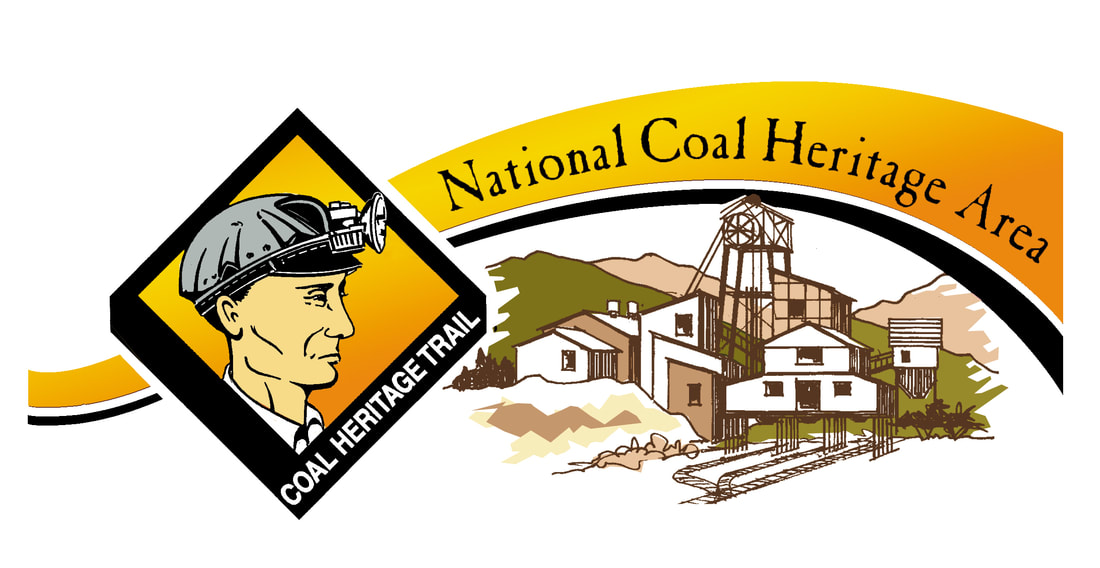 To support community efforts to preserve, interpret and promote coal heritage resources, the National Coal Heritage Area Authority announces a grant round for eligible projects within the National Coal Heritage Area. The NCHA encompasses 13 counties in southern West Virginia: Boone, Cabell, Fayette, Lincoln, Logan, McDowell, Mercer, Mingo, Raleigh, Summers, Wayne, Wyoming and the Paint Creek and Cabin Creek watersheds in Kanawha County. Organizations eligible for grant awards are legally established non-profit organizations and institutions (recognized by the IRS) and public and governmental organizations including county and municipal governments, state agencies, economic development authorities and educational institutions, including public and private not-for-profit schools. Applicant organizations must provide 50% of the project cost and may request grants ranging from $1,250 to $15,000 with the remainder provided in documented matching funds. Applications are due by 5:00 PM, April 13, 2018 to the NCHA office. The NCHA management plan identifies interpretive themes for the area. Each project must address at least one of the interpretive themes in some manner and could go across several thematic areas. Both interpretive themes and eligible funding categories are listed below. For a full packet of information and to consult about your project, contact NCHA staff - www.coalheritage.org/Contact.aspx Interpretive Themes
Eligible Funding Categories Interpretation and Heritage Programming: (Grant awards range from $ 1,250 - $10,000) Projects must create or further develop interpretive opportunities related to coal heritage within the National Coal Heritage Area incorporating at least one of the interpretive themes. Examples of eligible projects are interpretive brochures and guides, performances and performance spaces, interpretive exhibits, creation of public art exhibits and development of interpretive signs and brochures for walking/biking trails. It can include community or school based heritage education projects. Designs for printed materials, signage design and interpretive plans must be approved by the National Coal Heritage Area Authority before printing or fabrication of signs begins. Exterior interpretive signage must use the graphic design template currently in use by the National Coal Heritage Area. Historical markers will be allowed under this category, but must be a part of the Division of Culture and History’s historical marker program and must include adequate space for a minimum of two vehicles to safely pull off the road. Historic Preservation and Resource Stewardship: (Grant awards range from $ 1,250 - $15,000) Projects in this category must further the preservation, protection, and/or restoration of historic properites, landscapes and cultural resources with the National Coal Heritage Area and be directly connected to the interpretive themes of the National Coal Heritage Area. All structures must be listed on the National Register of Historic Places or determined as eligible for listing by the State Historic Preservation Office. Preservation and restoration of historic structures must adhere to the Secretary of the Interior’s “Standards for Treatment of Historic Properties.” All preservation projects are subject to approval of the WV State Historic Preservation Office and may not proceed until written notice from SHPO is received. Examples of eligible projects are development of a historic preservation master plan for an existing National Register district or structure, structural analysis for the purpose of stabilizing an eligilble structure and interior and exterior rehabilitation. (Contact the State Historic Preservation Office, 304-558-0220 for technical assistance in determining eligibility of structures.) Archives and Historical Record Collection: (Grant awards range from $ 1,250 - $10,000) Grants within this category will serve to increase the public’s access to historical records and documents or to preserve paper-based archival documents. Examples of possible projects include collecting and cataloguing archival documents to be made available to the public and creation of systems to allow on-line access to document images. All work done under this category must focus on improving the public’s access to archival information, but may not include ongoing operational expenses of operating an archival facility. A catalogue of material collected and archived under this grant category must be published and made available to the public either on-line or in print and a copy provided to the National Coal Heritage Area Authority. Greenways, Public Parks and Non-motorized Trails: (Grant awards range from $ 1,250 - $15,000) Grants within this category must focus on creating outdoor interpretive spaces, be open to the general public and be generally accessible to the traveling public. Example of projects could include a trailhead facility that relates to the coal heritage of the area, interpretive materials, water trail access, roadside pull-offs featuring interpretive signage and/or historical markers, gateways to coal communities and non-motorized trails that connect historic resources. Design plans and feasibility studies for these types of projects are also considered to be eligible. In general playgrounds and recreational facilities will not be eligible for funding, unless they contain an interpretive element. Plans for maintenance of the site must be clearly defined with a responsible entity identified. All design plans for approved projects must be submitted to the National Coal Heritage Area Authority for approval before actual construction begins. Educational Activities and Events: (Grant awards range from $1,250 to $2,500) Grants within this category will focus on providing education opportunities within the community or schools. Educational activities should focus on preserving and sharing the history of the region with children, young adults or community members or involving those groups in collecting and preserving history. Eligible activities include: Field trips when combined with other educational activities, art projects that explore the history and culture of coal and coal communities, including drama, literature, photography, visual arts, music, dance, public art projects, special speakers or presentations when combined with other educational activities, historical research and documentation including oral and family histories and digital stories created by students and community members, and workshops or presentations designed to assist communities in preserving and interpreting their history. 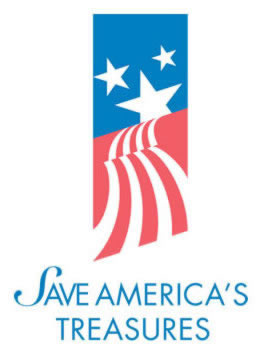 The National Park Service's Save America's Treasures (SAT) Grants Program has been funded at a $5 million level for FY2017. SAT grants provide preservation and/or conservation assistance to nationally significant historic properties and collections. Grants are awarded through a competitive process and require a dollar-for-dollar, non-Federal match, which can be cash or documented in-kind. All applications are due through grants.gov on February, 21, 2018. Visit www.nps.gov/preservation-grants/sat/ for directions on the application procedure, grant amounts, and more information. From the National Trust for Historic Preservation:
Not only are the Johanna Favrot Fund and the Cynthia Woods Mitchell Fund now offering up to $15,000 in grant funding, but they are also covering brick-and-mortar projects—a unique feature to these two funds within the National Trust Preservation Funds grant program. Find out how you can take advantage of these new changes to the grants program to make enhancements within your community. Applications are due March 15. Which Fund is Right for You?
The Details:
Full criteria, eligibility examples and applications can be found at the National Trust for Historic Preservation website online. In Governor Justice’s FY 2018 Recommended Budget, all Division of Culture & History funding that comes from the state Lottery Education Fund (fund 3534 in the budget) was to be defunded. However, during the spring special legislative session, the West Virginia Legislature negotiated to pass the FY 2018 budget and continue funding programs made possible through the state Lottery Education Fund. Unfortunately, several historic preservation programs were funded at lower levels than in FY 2017, but there is good news for Fairs and Festivals, which received an increase in funding. Here are how things panned out (this is not a comprehensive list of line items):
Thank your legislators for supporting these important programs! Encourage increased funding levels by inviting them to events or to visit projects that benefit from these grant funds. Now is the time to ask them to consider increasing these funds in FY 2019.
In Governor Justice’s FY2018 Recommended Budget (SB 199 and HB 2018) all Division of Culture & History programming that comes from the state Lottery Education Fund (fund 3534 in the budget) will be eliminated. Programs that are made possible through the state Lottery Education Fund include the following appropriations (numbers reference line items in the budget):
Defunding these will cause a major detriment to economic development and cultural heritage tourism in West Virginia. What you can do to help? Currently the Senate Finance Committee and House Finance Committee are working on their own FY2018 budget proposals. Contact committee members and ask them to include funding for these line items in their budget proposals. You can find the contact information for the Senate Finance Committee members at http://www.legis.state.wv.us/committees/senate/SenateCommittee.cfm?Chart=fin and House Finance Committee members at http://www.legis.state.wv.us/committees/house/HouseCommittee.cfm?Chart=fin When you contact committee members, you can ask them to fully fund the Division of Culture & History. Offer specific information about what will be lost without this funding. Historic Preservation Grants keep roofs on historic buildings. Private, government, and nonprofit historic building owners can apply for these grants. All properties listed individually on the National Register of Historic Places and listed as a contributing building in a National Register Historic District are eligible. Every dollar in grants leverages an equivalent dollar amount in private and personal funds. These grants can be combined with tax credit incentives, as well. Arts Programming supports activities around the state like the Huntington Symphony, WV Public Theater, and local community arts activities, as well as Festivals from Vandalia Gathering and Appalachian String Band Festival at Clifftop, to Mountain State Forest Festival and fairs in small communities, would all lose funding through the Governor’s recommended budget. These programs utilize state funds to leverage federal, community and private dollars for programs that support jobs, bring visitors to WV tourism destinations, and enhance quality of life that attracts new business. If you want to protect arts and historic preservation funding, please contact Finance Committee members today and ask them to fully fund the Division of Culture & History. |
News and NotesCategories
All
Archives
May 2024
Subscribe to our mailing list to receive e-news updates on historic preservation news and events in West Virginia.
|
Get Involved |
Programs |
Contact UsPreservation Alliance of West Virginia
421 Davis Avenue, #4 | Elkins, WV 26241 Email: [email protected] Phone: 304-345-6005 |
Organizational Partners:
© COPYRIGHT 2022 - PRESERVATION ALLIANCE OF WEST VIRGINIA. ALL RIGHTS RESERVED.

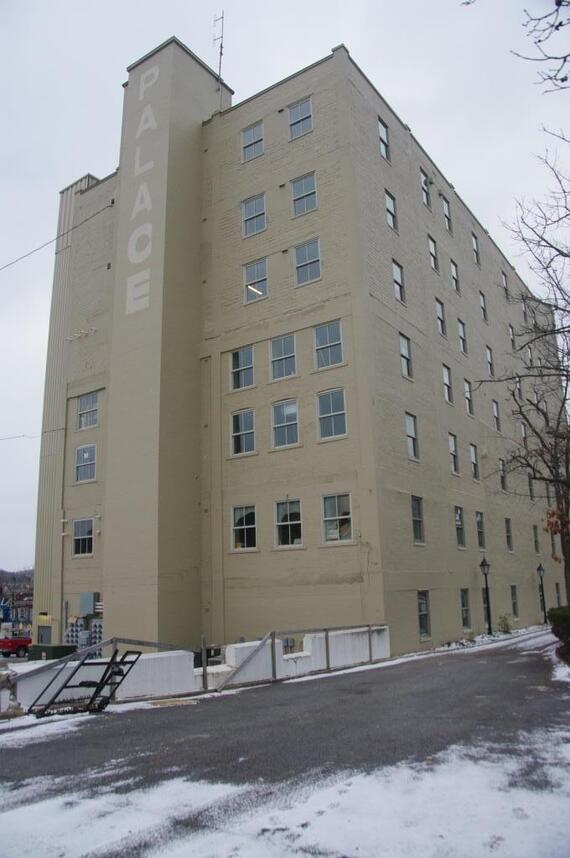
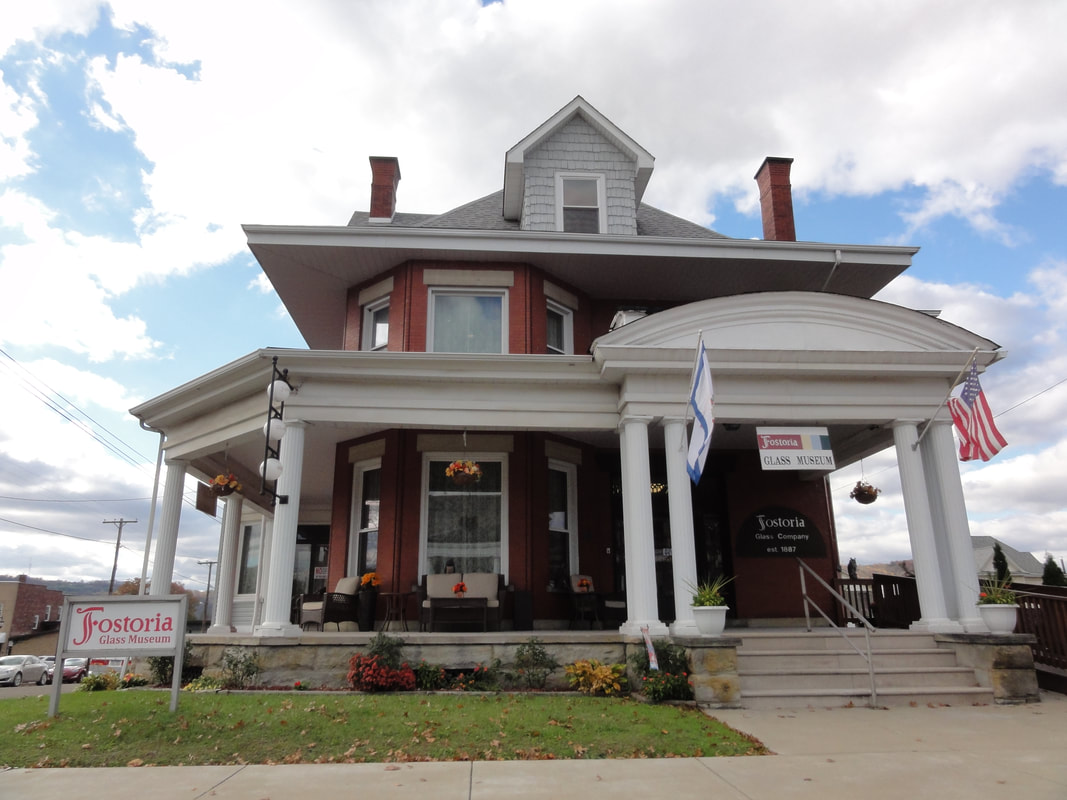
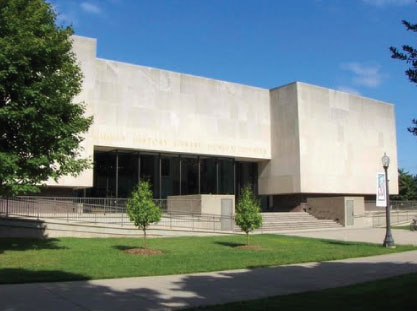
 RSS Feed
RSS Feed

